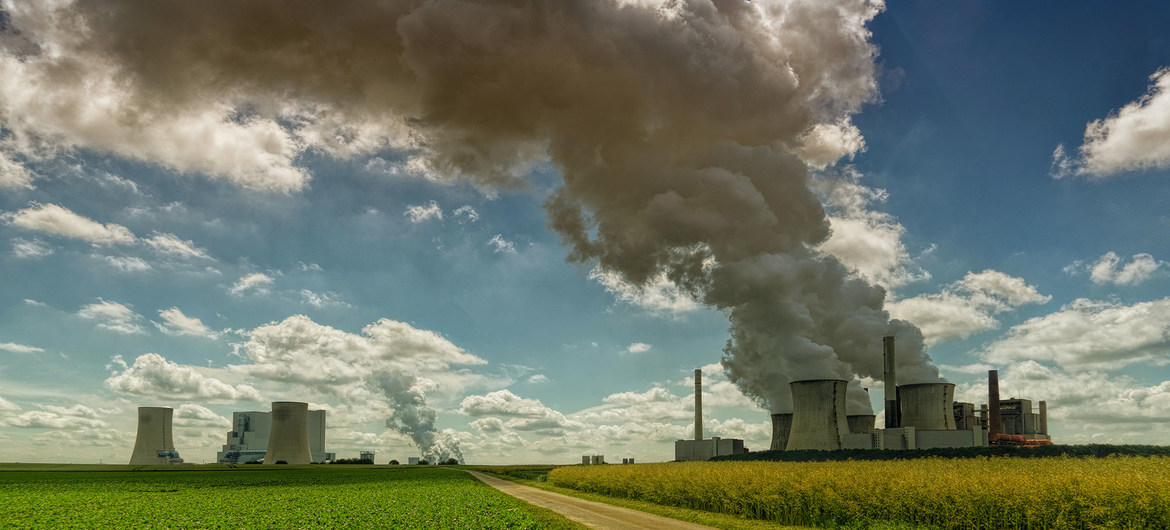5. What can we do to reduce GHG emissions?
Shifting to renewable energy, putting a price on carbon, and phasing out coal are all important elements in reducing GHG emissions. Ultimately, stronger emission-reduction targets are necessary for the preservation of long-term human and environmental health.
“We need to implement strong policies that back the raised ambitions,” says Mr. Radka. “We cannot continue down the same path and expect better results. Action is needed now.”
During COP26, the European Union and the United States launched the Global Methane Pledge, which will see over 100 countries aim to reduce 30 per cent of methane emissions in the fuel, agriculture and waste sectors by 2030.
Despite the challenges, there is reason to be positive. From 2010 to 2021, policies were put in place to lower annual emissions by 11 gigatons by 2030 compared to what would have otherwise happened. Individuals can also join the UN’s #ActNow campaign for ideas to take climate-positive actions.
By making choices that have less harmful effects on the environment, everyone can be a part of the solution and influence change. Speaking up is one way to multiply impact and create change on a much bigger scale.
UNEP’s role in reducing GHGs
- UNEP has outlined its six-sector solution, which can reduce 29–32 gigatons of carbon dioxide by 2030 to meet the 1.5°C warming limit. The six sectors identified are: energy; industry; agricultureand food; forests andland use; transport; and buildings and cities.
- UNEP also maintains an online “Climate Note,” a tool that visualizes the changing state of the climate with a baseline of 1990.
- Through its other multilateral environmental agreements and reports, UNEP raises awareness and advocates for effective environmental action. UNEP will continue to work closely with its 193 Member States and other stakeholders to set the environmental agenda and advocate for a drastic reduction in GHG emissions.










